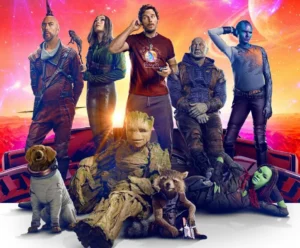
I saw Indiana Jones and the Dial of Destiny a couple of weeks ago, and I have to say that it definitely needs to be the last film in this franchise. Some gripes I had with it are young Harrison Ford’s PS5 cutscenes, the main protagonist needing to come out of retirement, an unnecessary 2 and a half hour runtime, and time travel. Gone are the days of good ol’ Indiana Jones finding a religious relic with paranormal powers, and here comes the elderly doctor with his aliens and time paradoxes. I didn’t realize I was watching an episode of Dr. Who…
Quick spoiler warning. I am spoiling a major plot point from the most recent Indiana Jones film along with a short story titled “All You Zombies”. Are we all aware of the disclaimer? Yes? Good! Let’s jump into the article!
When Archimedes met Mikkelsen
During the climax of the movie, Indiana Jones and the main antagonist who is played by perennial “looks like a bad guy”, Mads Mikkelsen (he has been villains in Casino Royale, Doctor Strange, and the newest Fantastic Beasts film), use Archimedes’ dial to find a fissure in time. They fly through it and end up at the Battle of Syracuse off the coast of Sicily in 213 BC. The watch Mikkelsen is wearing was previously taken from the corpse of Archimedes in their original time of 1969. When Mikkelsen dies in Syracuse, Archimedes from that time takes the watch off his corpse. In short, the watch exists from 213 BC to 1969 and is then taken back to 213 BC in an endless loop. This is known as the bootstrap paradox, but is also referred to as the less catchy ontological paradox.
Ontology is a branch of metaphysics that studies the nature of being. Questions include how beings come into existence, what is their essence or true identity, and what properties they possess, for instance color and texture. So what does a thing’s existence have to do with this temporal paradox? Let’s ask a simple question: when was the watch created?

If the watch was found in Archimedes’ tomb then brought back in time to Archimedes, it will always end up in his tomb again. The watch is stuck in an infinite loop, and at no point during the loop is the watch ever created. From an ontological perspective, it violates the nature of causation. All things (ignoring gods which I will save for another time) must have a previous cause that brought that thing into being. All of us were brought into this world by our parents, my pets were birthed by their parents, and the laptop I’m typing on was made in a factory. They all have a distinct point of origin.
Some of us might say, why does knowing the origin of a thing matter? We don’t know if the chicken or the egg came first, but that doesn’t stop us from enjoying fried chicken and omelets. It should matter because what happens if the watch were to break?

The second law of thermodynamics states that: “For a spontaneous process, the entropy of the universe increases.” In terms us mere mortals will understand: all things (i.e. spontaneous processes) in our universe eventually move toward disorder (i.e. entropy). So, the watch is a thing in our universe that will decay over time. The leather strap will wear down and leave behind only the clock face. The gears will rust and the hands will stop ticking. The glass protecting it will shatter after repeated plane crashes.
So the two problems that the bootstrap paradox addresses are: 1) When was the thing created, and 2) What happens if the thing decays or breaks? Luckily, we have a couple of theories from physics and philosophy that solve this.
The Multiverse
Anybody who has watched any science fiction program or any of the last 20+ superhero movies has heard about the multiverse. It is a concept that an innumerable number of universes sit adjacent to each other, and that there are differences between them that make them unique. The first piece of evidence in support of such an absurd theory is the Big Bang itself.
About 13.7 billion years ago nothing existed, then cosmic inflation occurred. In a fraction of a second, everything came bursting forth: space, time, energy, etc. As cosmic inflation decelerated, matter and radiation manifested as atoms, molecules, stars, and entire galaxies. What is notable is that cosmic inflation did not decelerate everywhere. In fact, Alexander Vilenkin notes that cosmic inflation still continues, notably at the edge of our universe.
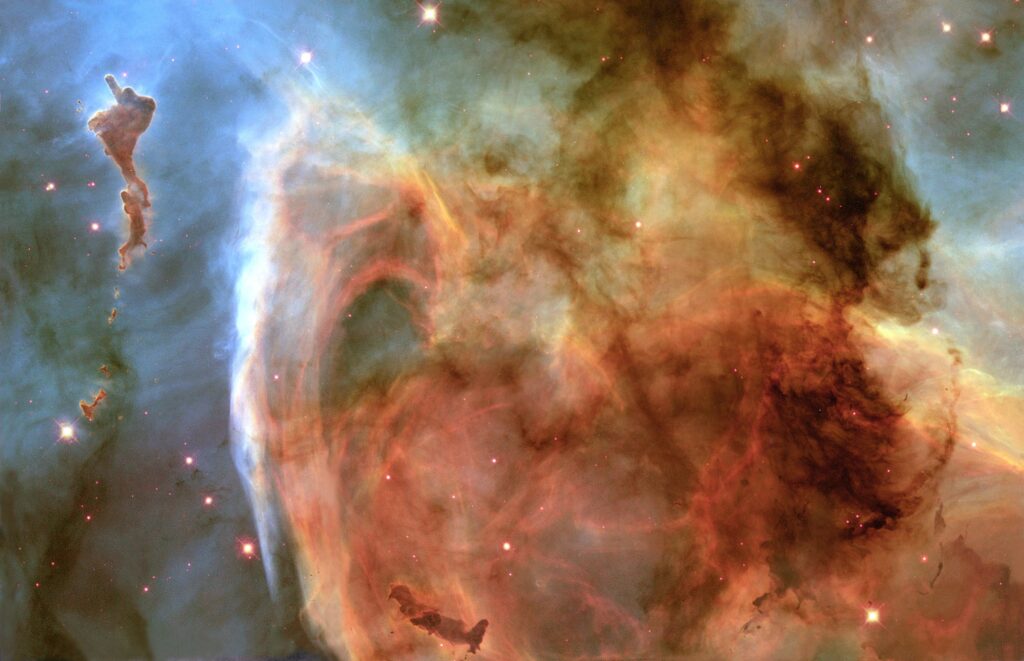
Our universe is expanding outward at a rate faster than we can currently travel. Currently, it is impossible for humans to travel to the edge of the Milky Way Galaxy, nevertheless the edge of our universe. Some physicists predict that similar to how different parts of our universe are undergoing the deceleration or acceleration of cosmic inflation, the multiverse is composed of various universes experiencing different rates of cosmic inflation. Because each universe’s borders grow faster than their inhabitants can travel, it would not be possible to see another universe in our multiverse. Assuming we believe the multiverse is a real concept, what does traveling across dimensions have to do with time travel?
Albert Einstein proposed in his special theory of relativity that there are four dimensions. The first three belong to space, namely being height (x), width (y), and depth (z). He postulated that the fourth dimension was time, and that all things exist on a plane known as space-time. This is a groundbreaking theory that I can’t go too much into depth here, but it’s definitely worth a read!
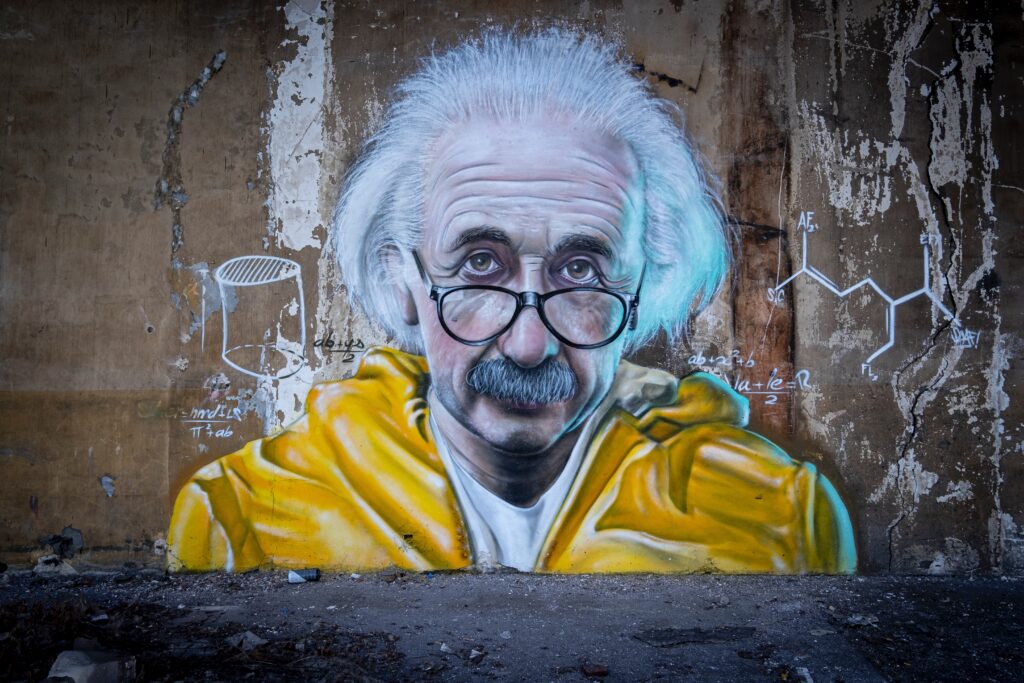
Continuing on, all time traveling machines in fiction are actually space-time traveling machines. Imagine, we only have a machine that travels through time and we go back an hour. When we appear, we’ll be in the middle of space. That’s because everything is constantly moving in space, and the Earth does not rotate to where we are for another hour or so. Given that a time traveling machine must be able to traverse space-time, it could travel into a unique space-time coordinate within another multiverse.
If we hold that a multiverse and a space-time traveling machine exist, it explains away the nature of the bootstrap paradox. The watch Mikkelsen found in our universe (Universe B) in 1969 was originally given by an alternate version of himself that traveled from his universe (Universe A) to our universe in 213 BC. Our universe’s (Universe B) Mikkelsen could then proceed to travel to another universe’s (Universe C) time of 213 BC and leave the watch there. But an issue I’m sure a majority of noticed is that the multiverse theory doesn’t actually solve the bootstrap paradox! It only explains infinite loops where the target already has a point of origin and decay.
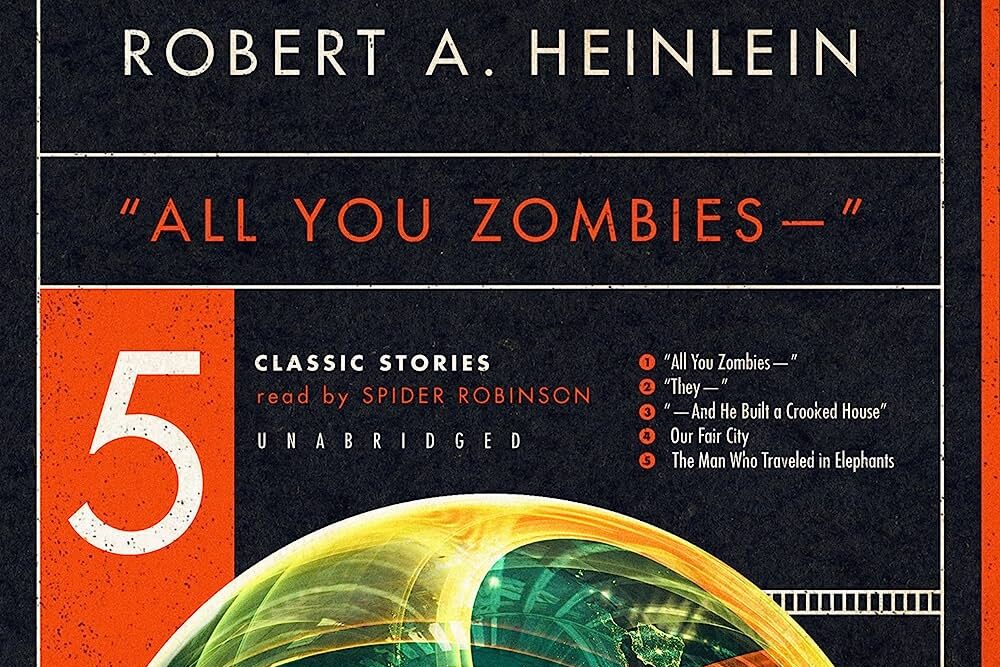
In the short story “All You Zombies” by Robert A. Heinlen, a pregnant woman gives birth to a girl but complications occur that require her to undergo gender reassignment surgery. As an older man, he becomes part of a time travel bureau, goes back in time, and impregnates the younger female version of himself. If that wasn’t weird enough, the baby that was conceived actually grows into the young woman that gives birth to said baby. The protagonist is essentially their own father, mother, and daughter. Aside from me bringing up this story to horrify you, it draws on how the multiverse theory only works if the target’s birth/creation are known.
In the case of the watch, we know it jumps from Universe A’s 1969 to Universe B’s 213 BC then repeats the process for infinity. At no point during these jumps does the watch’s origin or decay appear. So, this explanation is dead in the water. Maybe what we need to look toward is the feasibility of time travel itself.
The Myth of Time Travel
As I alluded to, the second way we could circumvent the bootstrap paradox is to say that time travel is impossible. From a natural inclination, we can say time travel has, does, and will never exist. That’s because the moment time travel becomes a possibility, then it will always have existed. To give an example, let’s say the time traveling machine is invented in the year 3000 and its inventor travels to two different moments in history: the Big Bang to see the birth of our universe, and the end of humanity as a species. If the time traveling machine exists at the beginning of the universe and the end of our species, then it makes sense it should exist at every time between those two points. Hence, the moment the time travel exists, it will, does, and will always exist in every time humans exist. The fact that time travel has not existed until this moment is indicative that time travel will never be accomplished. The proof we have is that no person until now has met a time traveler and demonstrably proven they were from another time.
Now, many of us might not be convinced by that theory and that’s fair. Maybe there are time travelers we’re not aware of, maybe the extent of our technology is to move inanimate objects through space-time, or maybe some person in history has met a time traveler but could not prove they were from another time. However, a counter argument we could bring against these claims is that these theories defending time travel are not falsifiable.
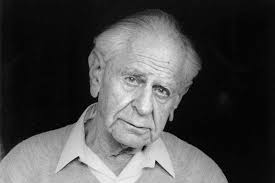
The philosopher Karl Popper proposed that good science must be falsifiable. Basically, any claims science makes must be able to be tested and then discarded if they fail said testing. Referring back to the genius Albert Einstein, his special theory of relativity still holds as a theory after repeated testing. It is good science not because it’s survived testing, but the fact that it can be tested at all.
Show, how would we test for time travelers? The only way would be to document the time traveler, their time traveling machine, and have them perform an act that proves they moved through time. Another option would be for current scientists to invent the time traveling machine, and demonstrate its capabilities by moving a person or object through time. Basically, time traveling defenders could only prove time travel exists but showing time traveling exists. Unfortunately, time traveling deniers are caught in the same issue.
The only way to prove time traveling could never happen is if we reach the end of humanity, and not have such a machine ever be invented. Essentially, both arguments for the existence of time travel are not falsifiable, which makes them a moot point regarding the bootstrap paradox. The last avenue we can take then is to prove time itself doesn’t exist. If time doesn’t exist then one cannot travel through time, thus preventing the paradox!
Time is an Illusion
J.M.E. McTaggart published an article in 1908 called “The Unreality of Time”. In the paper he concluded time is unreal because our descriptions of it are either insufficient or contradictory. He approached the argument by first distinguishing how time is positioned in two different manners: as an A series or as a B series.
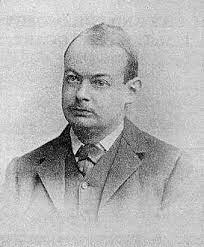
The A series positions time by their properties, namely whether something is past, present, or future. So, we would say that we all live in the present moment. Any time that came before this moment is in the past, and any time after this moment is in the future. For example, we could say we are reading this post in the present, but we were born in the past and will die in the future. Because this view of temporal positions is based on these properties, that means the A series is constantly changing. Things in the past get further into the past, the present moment is constantly becoming a past moment as it gets replaced by a future moment, and things in the future get closer to the present.
On the contrary, the B series positions time by two-term relations, which is a relation that compares two things. Two-term relations denoting time that are commonly heard in English are “earlier than” and “later than”. So, taking the example from the previous paragraph: Our birth is earlier than us reading this post which is earlier than our death. Similarly, our death is later than us reading this post which is later than our birth.

Regarding the B series, McTaggart stated that it is insufficient because it lacks a fundamental nature of time: change. The A series has change built-in as the present moment constantly changes, but it’s not inherent to the B series. If we place an apple and an orange on a table we can state they are next to each other, but it only explains how far apart they are in space, not if they have changed their location in space. Likewise, if we state that our deaths are later than our births, it explains how far apart they are in time but does not imply they have changed their location in time.
Then approaching the A series, McTaggart argues it’s contradictory. We could give any moment a property of past, present, or future, but in practice all the moments should have all three properties simultaneously. A future moment eventually becomes a present moment which eventually becomes a past moment. But that is entirely impossible because it would be similar to stating that I’m walking forward and backward simultaneously.
The properties could be tensed, which means giving the verbs used a past, present, or future tense, to escape this contradictory argument. So, instead of saying a future moment becomes a past moment which becomes a present moment, we could instead say that a present moment was a future moment and will become a past moment. By tensing the properties an argument could be made that future moments with future properties will become present moments with present properties which will become past moments with past properties. That is akin to saying a fresh apple will become a rotten apple, rather than it being simultaneously fresh and rotten.
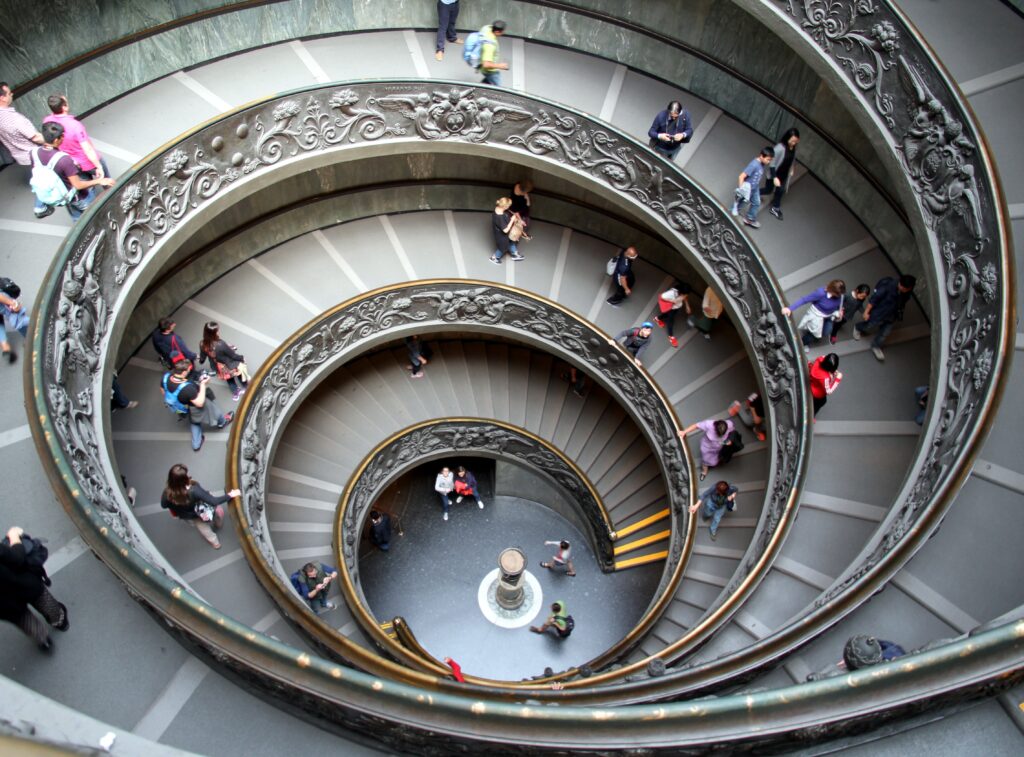
An issue with this resolution that McTaggart points out is that our reasoning, similar to the A series, is circular. We are attempting to explain why time isn’t contradictory by using tensed verbs that rely on time. Imagine we see a doctor and we ask her to prove that she’s a good doctor. If she said she was a doctor because she, a doctor, said so, that’s circular reasoning.
So, there is a solid argument put forth that time is not real, but that feels naturally wrong. We experience living through time and have evidence that time flows linearly. There exist things that were created before our existence, such as ruins, and there will continue to be more things that exist, such as babies delivered by pregnant mothers. This is where the presentists step in.
The Present Moment
Presentism is the view that only present objects exist. It is contrasted against eternalism, which is that past, present, and future objects exist. There also exist several other variations of these two, such as growing and shrinking block, but I will not touch on these since this article is already quite long.
Honestly, when I first heard of presentism, I thought it was wrong. Like “there is no room for debate” wrong. How could it be that only things in the present exist? If we went to a graveyard and dug up a corpse, shouldn’t it prove that that person existed (i.e. exists in the past)? If we travel to India and go inside the Taj Mahal, is that not enough to say the Taj Mahal was created and existed in a past moment? How about my pregnant cousin? Will her baby not exist in the future? What about all of us who are reading this blog? Doesn’t a future version of ourselves who have finished reading the article exist?

If we take all these examples and attempt to explain it in the view of presentism, we find that it makes sense. A graveyard corpse was a person that did exist in the past, but only their remains exist now. The Taj Mahal was constructed in the past, but all past versions of itself cease to exist as it’s been upgraded and maintained into its current form. Likewise, my future nephew/niece will exist but doesn’t exist now. Our future selves who finished the article don’t yet exist because we haven’t become them yet. Apparently, only things in the present exist, because anything outside the present either existed or will exist.
I’m certain some of us are shaking our fist at the sky and refuse to believe such a theory. So, let’s take a look at eternalism. If eternalism states that past, present, and future things exist, that means we could say Genghis Khan exists, right? But that’s obviously false. Khan was a person who existed in the past, but does not exist in the present. Similarly, the future burger I am buying for dinner does not exist in my stomach now, but it will be there in the future.

So if we take the presentist theory as true at face value, we could extend the argument to say nothing exists in the past or future. If nothing exists, then if we did travel to a different time, there would be nothing there. Mikkelsen could travel back to 213 BC but not only would there be no Archimedes to give the watch to, but there would be no war, no Syracuse, there would be absolutely nothing!
Although I made this to be a cut-and-dry 1) Here is the bootstrap paradox 2) Presentism solves it. There are still some issues, such as how can we compare non-existing objects (e.g. Abraham Lincoln is taller than Joe Biden)? Unfortunately, this is all the time I have for now. If you want me to cover the above, let me know in the comments and maybe I’ll address it in the future! Or maybe not since I don’t exist yet…
Don’t limit a child to your own learning, for he ws born in another time.
~ Rabindranath Tagore



